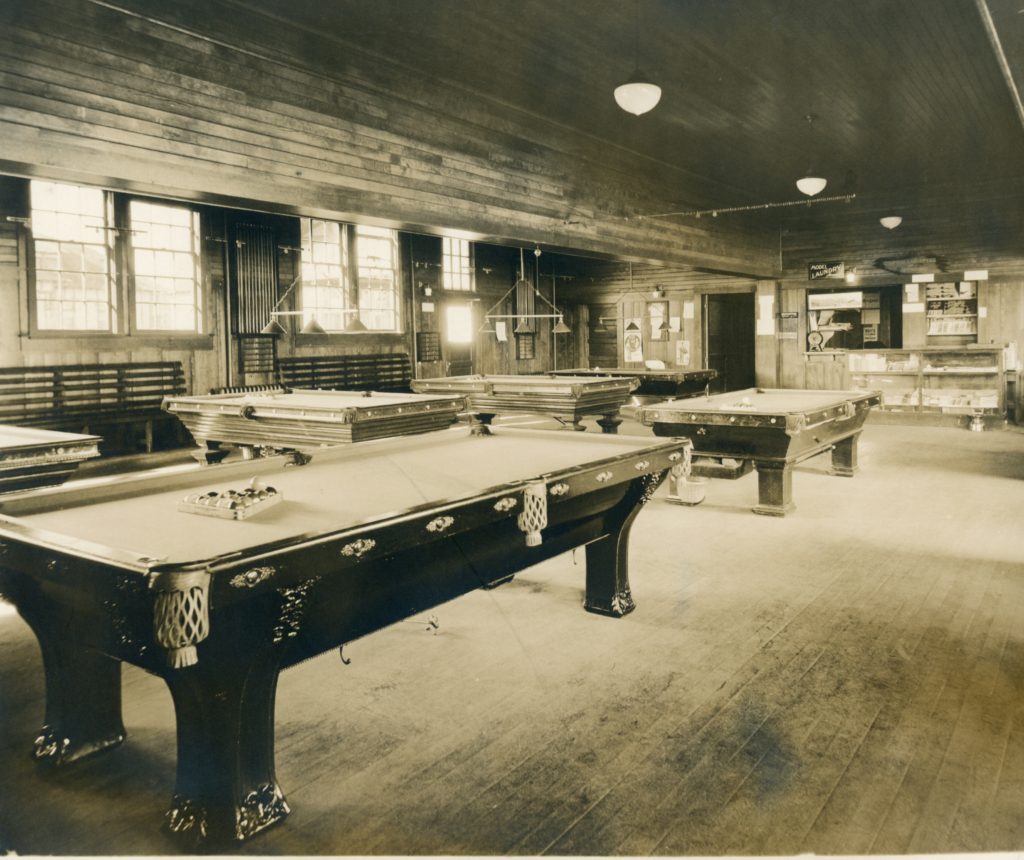
In 1920, Fruit Growers Supply Company hired photographer O.O. Winn for a two year period to capture on film the construction of its Susanville plant. Interesting, when I examined Fruit Growers’ archives in Studio City back in 1997, they only had a handful of these photographs. It should be noted, Frances Johnson, was meticulous with company’s paper files, but alas the photograph collection was in shambles.

A strange development occurred in 1998 when I was away to visit my grandfather John Tanner’s only living first cousin in Cornwall, England. When I returned home there was a small package containing some 700 negatives of Winn’s negatives. It turns out, that Ed Standard, who worked for Fruit Growers, was delegated of task of cleaning the Susanville office in 1963 prior to the sale. He was instructed to take the negatives to the burner to be destroyed, but took them home instead. My dear friend, the late Hank Martinez, made prints of selective negatives that I chose, the collection was to overwhelming. Fast forward to 2024, a volunteer is scanning many of the negatives into positives. So over the next few months you know why an abundance of Fruit Growers photographs.
Tim















